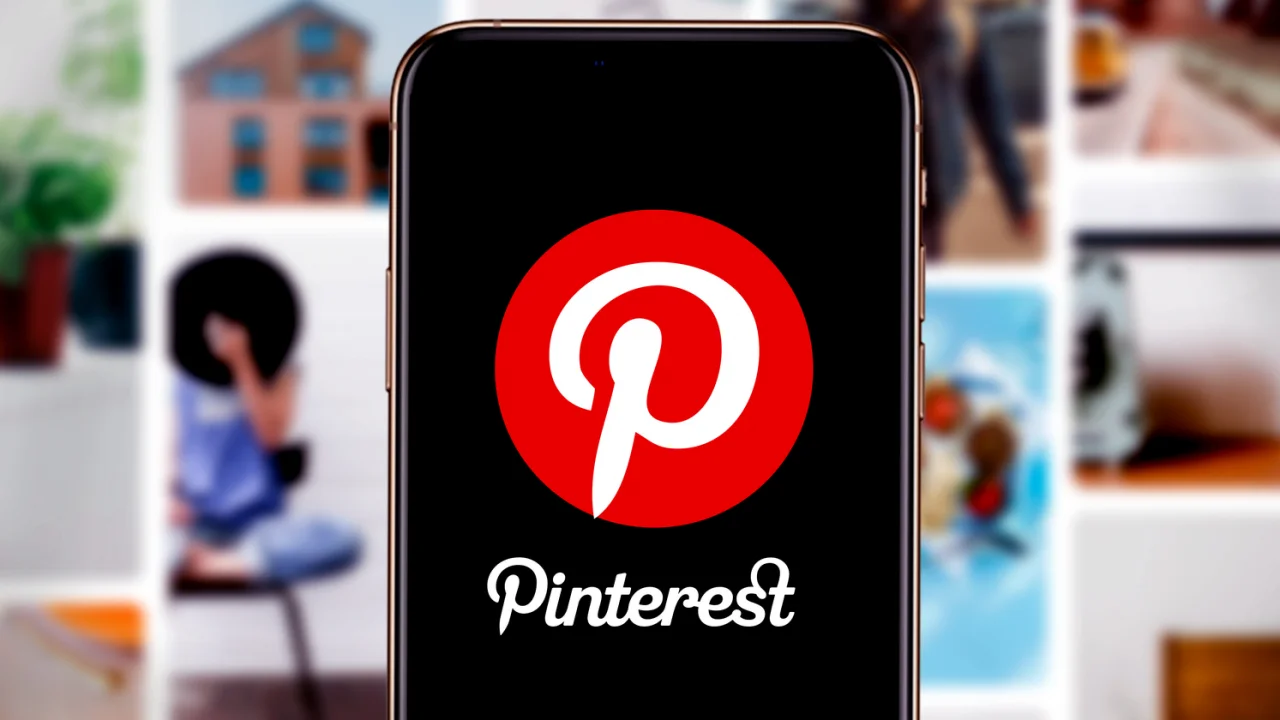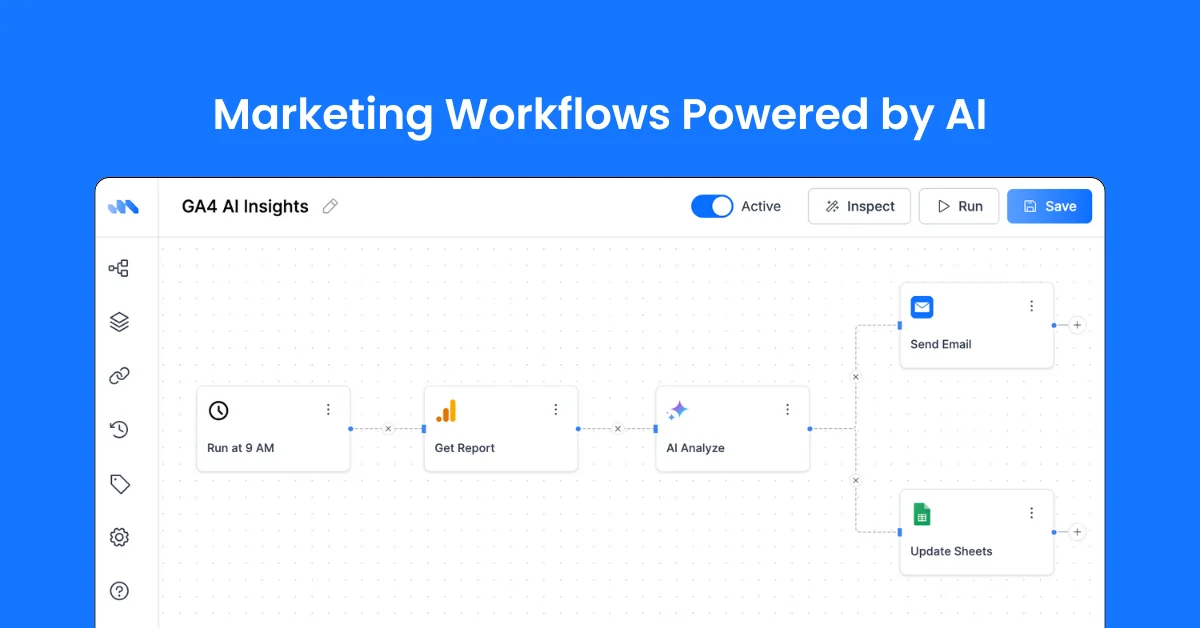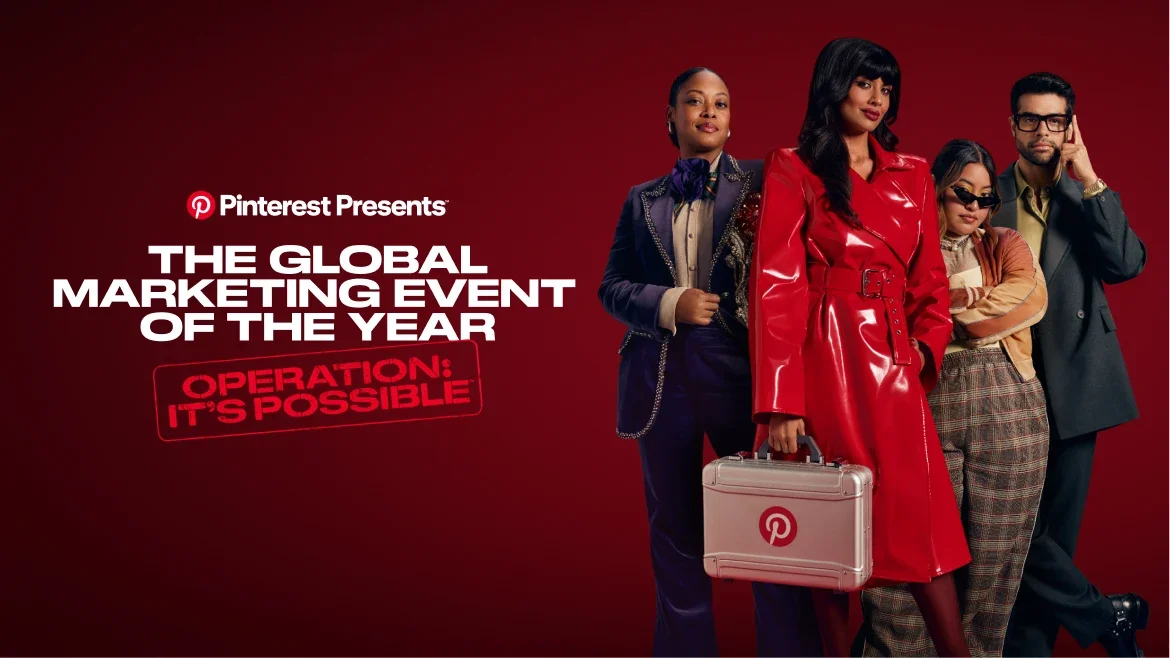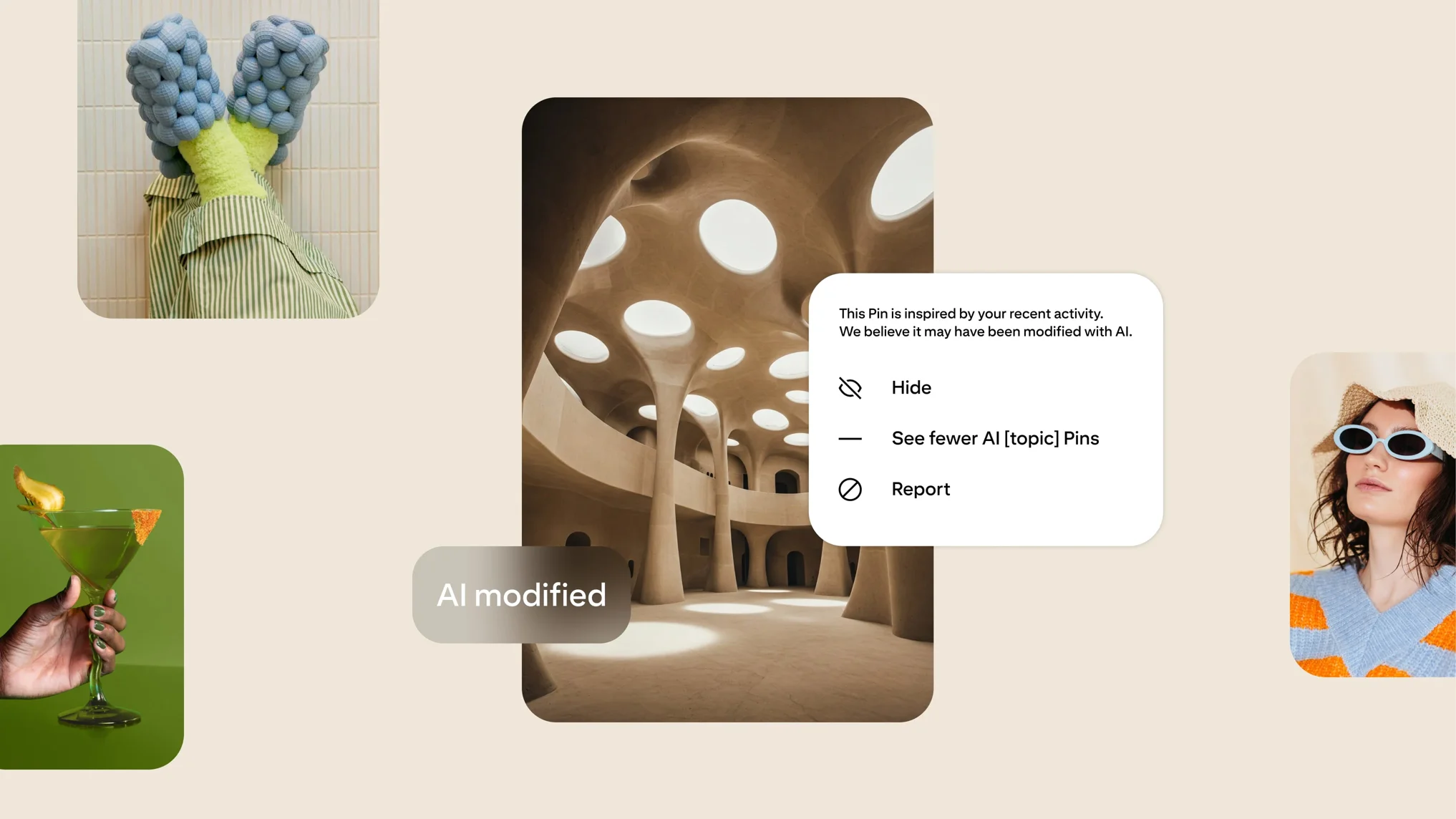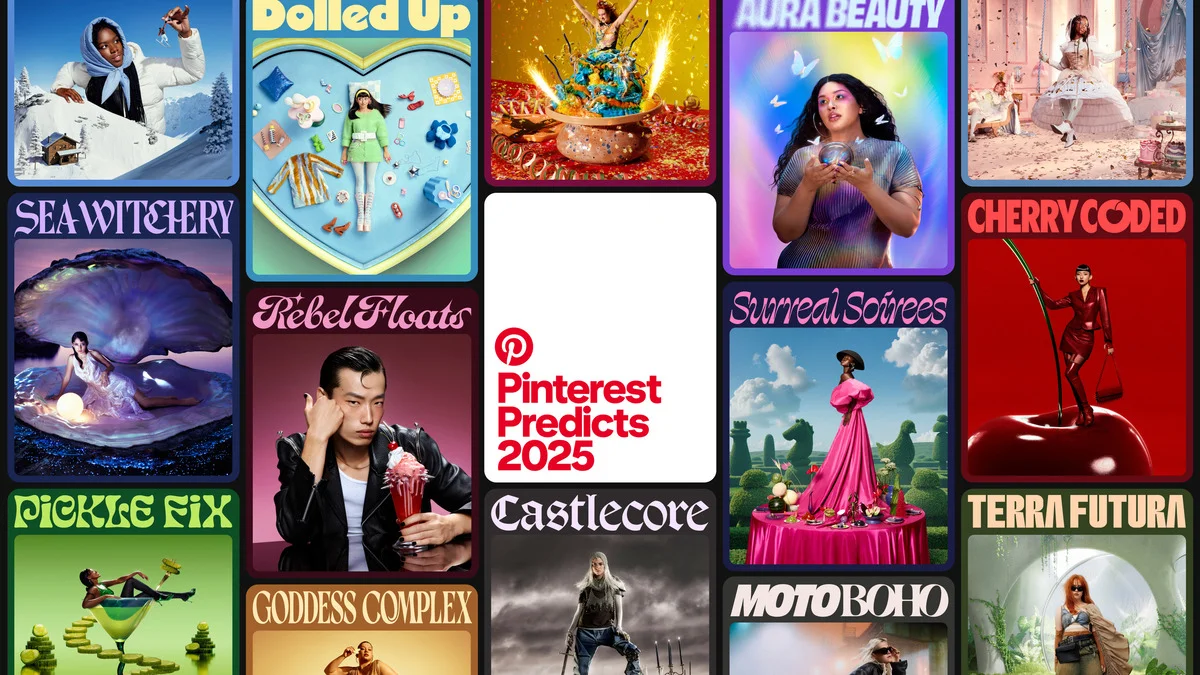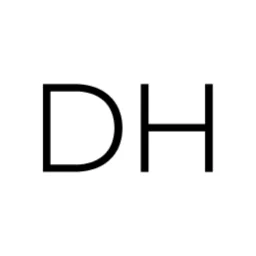Pinterest's study highlights the importance of targeting both passive and active attention in marketing to drive more interest and action in response to ads. Amplified Intelligence used advanced techniques like eye tracking to measure how people consume information, revealing that optimizing for loudness alone can leave value on the table.
Understanding Active and Passive Attention
- Active Attention: Conscious focus, driven by high-impact tactics like big TV moments or digital sponsorships.
- Passive Attention: Subconscious engagement, such as listening to background music while doing another activity.
Both types of attention are crucial for effective marketing:
- Active Attention: Hard to ignore, creates awareness.
- Passive Attention: Reinforces messages subconsciously, keeps the brand top of mind.
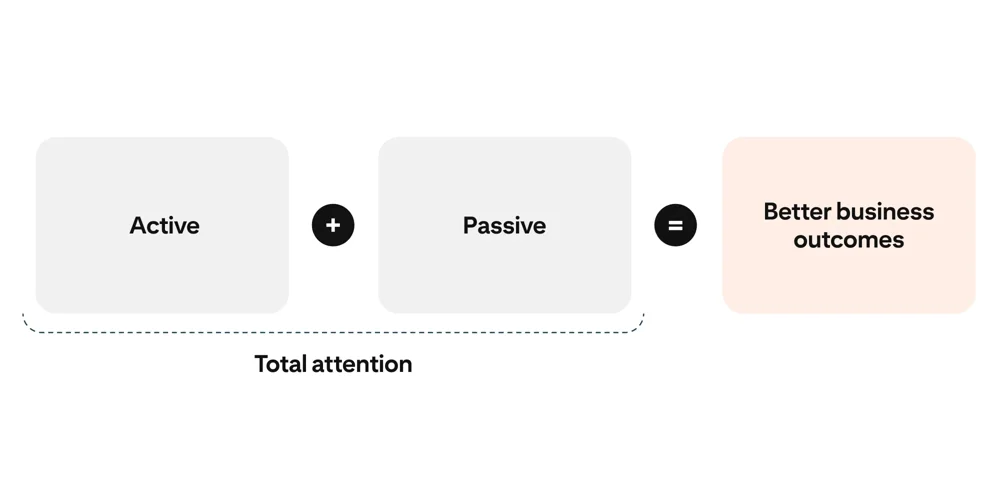
Key Insights
- People constantly switch between active and passive attention modes.
- Strategies should account for both types to strengthen media plans.
- Passive Attention techniques are more efficient, driving 6.7x more attentive seconds per dollar compared to Active Attention.
Pinterest's Performance
Pinterest outperforms other platforms in driving Total Attention:
- 170% more Total Attention.
- 7.3x more Passive Attention.
- 1.5x slower scroll past ads.
Recommendations for Marketers
- Contextual Relevance: Ads placed in relevant contexts (e.g., handbag ads among fashion content) increase Active Attention by 60%.
- Emotional Engagement: Ads that evoke strong emotional responses, particularly happiness and surprise, amplify attention by 50%.
Conclusion
A holistic attention strategy that includes both Passive and Active Attention can significantly enhance marketing outcomes. Understanding and leveraging Total Attention provides a competitive advantage in the evolving media landscape.
